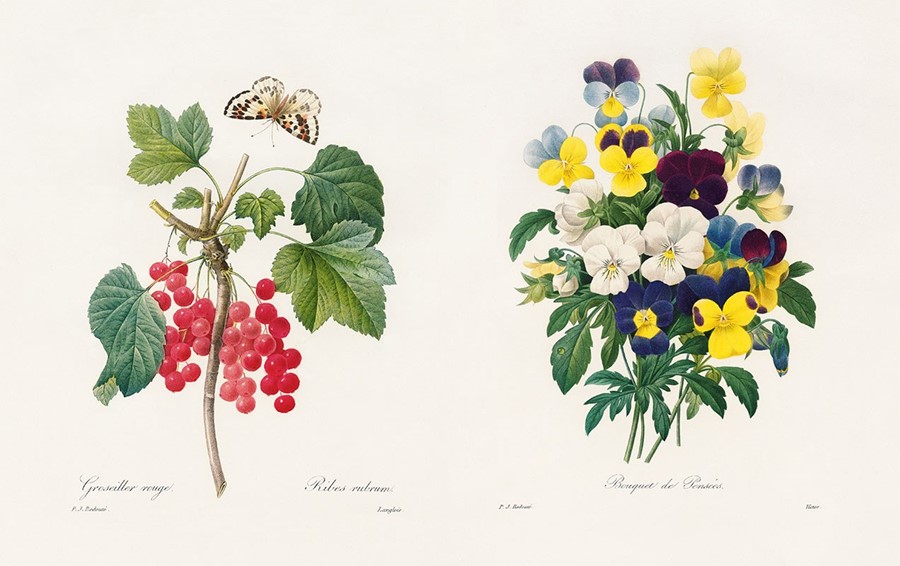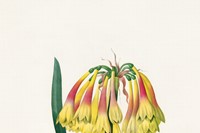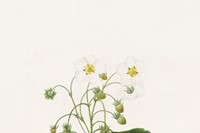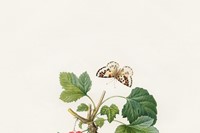An exquisite new book celebrates the craftsmanship of Redouté, the Raphael of flowers
Paris in the 17th and 18th century was a hive of creativity and scientific progress, particularly in the realm of botany. The Jardin du Roi, laid out in 1635, was home to an ever-expanding collection of flowers, plants and herbs that were delivered from every corner of the earth, recorded and culitivated into what became an unparalleled research facility and stunning resource for artists and scientists alike. Key to its importance was the Collection des Vélins, the archive of paintings and engravings made of every plant and flower that had come through the greenhouse door. It was the only one of its kind in the world, and was cultivated thanks to the creation of a special position for a painter dedicated to making the exquisitely detailed studies. Foremost among these was Pierre-Joseph Redouté, who worked under the patronage first of the Collection des Vélins, and later of Empress Josephine Bonaparte, wife of Napoleon, capturing the wonders of her extraordinary gardens at Malmaison.
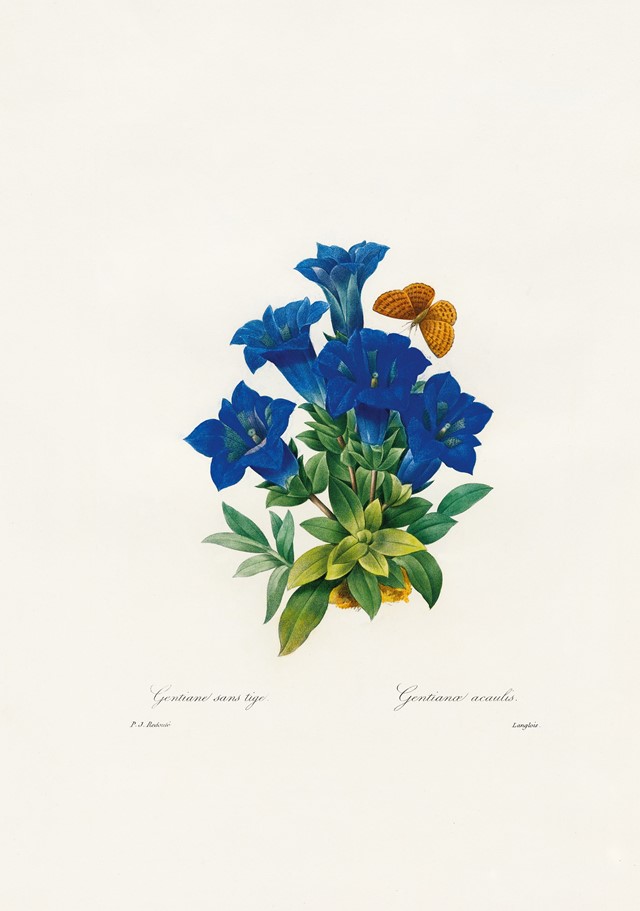
The results are stunning. Over a career that lasted to the day he died aged 80, Redouté created delicately precise paintings of the familiar – hydrangeas, peonies, a whole compendium of roses – and the more exotic – the large monkey flower, the saucer magnolia, the harlequin flower – all brought together in a gorgeous compendium work from Taschen. Detailing the rise of Redouté and flower painting in general, and the importance of botanical records for both science and personal prestige, it is a marvellous wander through the species that were flooding into Paris at the time, plucked both from nearby French meadows and far-flung hillsides in Greece, China and South America. So to celebrate the so-called Raphael of Flowers, we look at some of his beautiful works, and discover the history and symbolism behind the plants he painted.
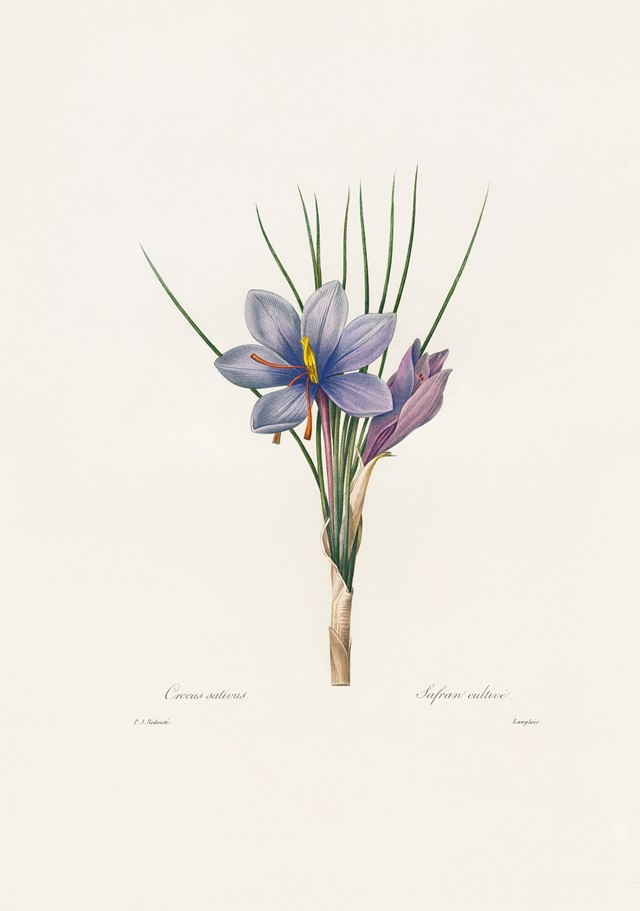
Saffron Crocus
The use and popularity of saffron spans more 3,500 years. It has been used for fragrance, medicine, and, with its bitter taste, for seasoning. It was first used in Greece and is the most expensive spice in the world.
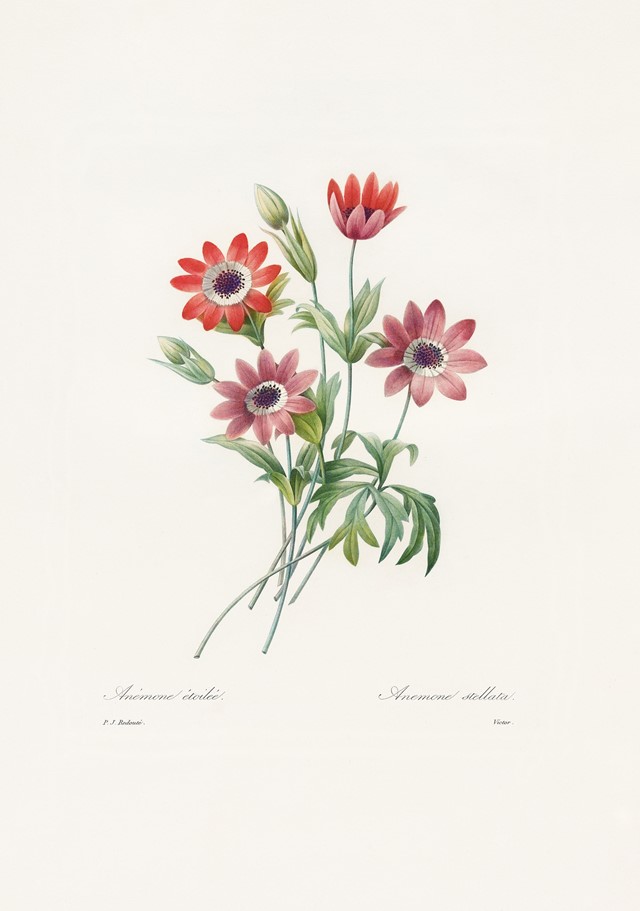
Broad-leaved Anemone
Anemone blossom stories are mostly about death, and its blossom is often associated with being forsaken or left behind. The Greek myth goes that at the death of Adonis, Aphrodite's tears for her lost love fell to the ground, from which sprung the first anemones. In the Christian tradition, the anemone is a symbol of the blood that Jesus Christ shed on the cross, which is why bunches of anemones will often be found on paintings of the crucifixion.
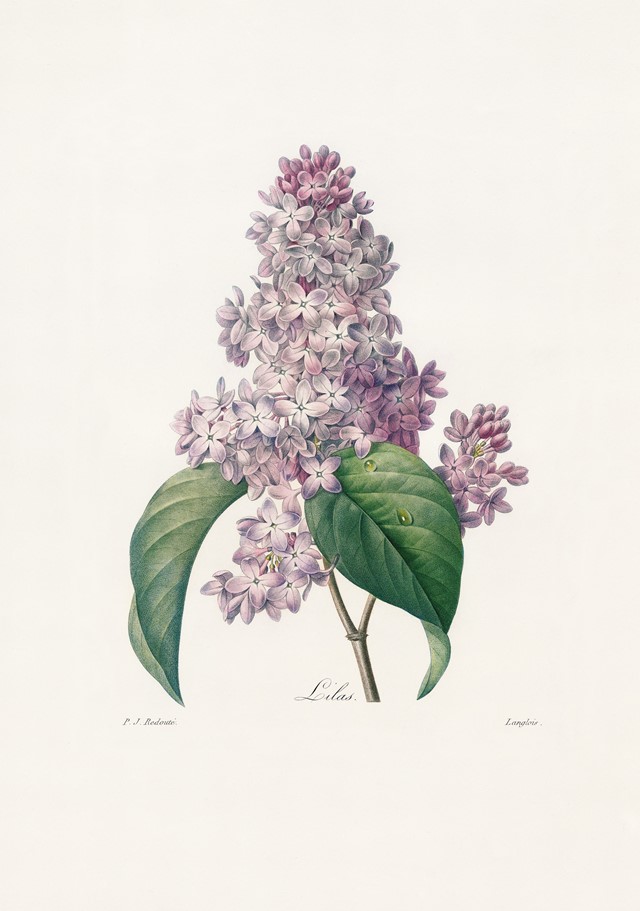
Lilac
The word "lilac" comes from the Persian, meaning bluish. In the language of flowers, purple lilacs symbolise the first emotions of love, while white lilacs represent youthful innocence.
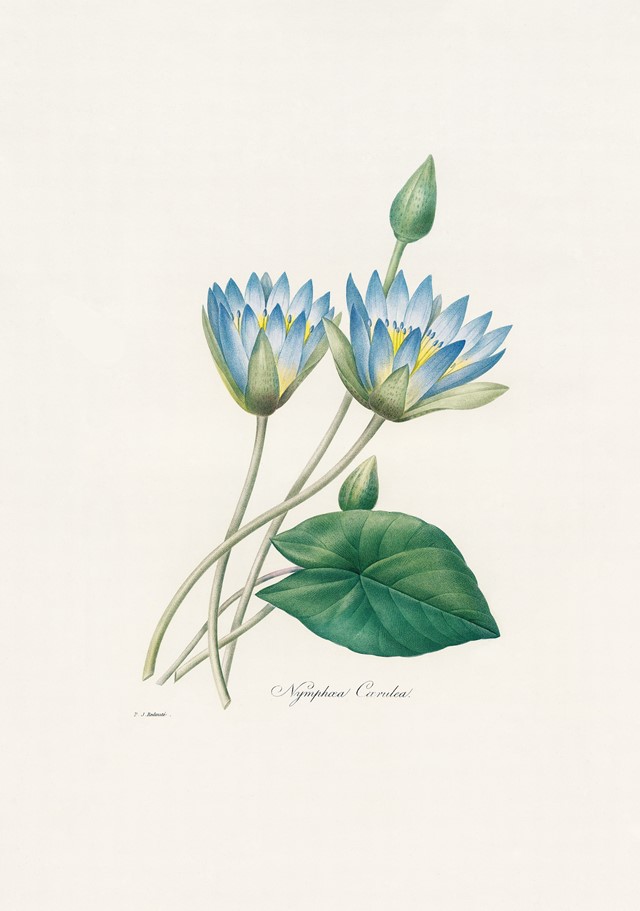
Egyptian Blue Lily
The Sacred Blue Lily of the Nile was found scattered over Tutankhamun's body when the Pharaoh’s tomb was opened in 1922. Many historians thought it was a purely symbolic flower, but there is mounting evidence that ancient Egyptians used it to induce an ecstatic state and hallucinations, as well as it being widely used as a general remedy for illness.
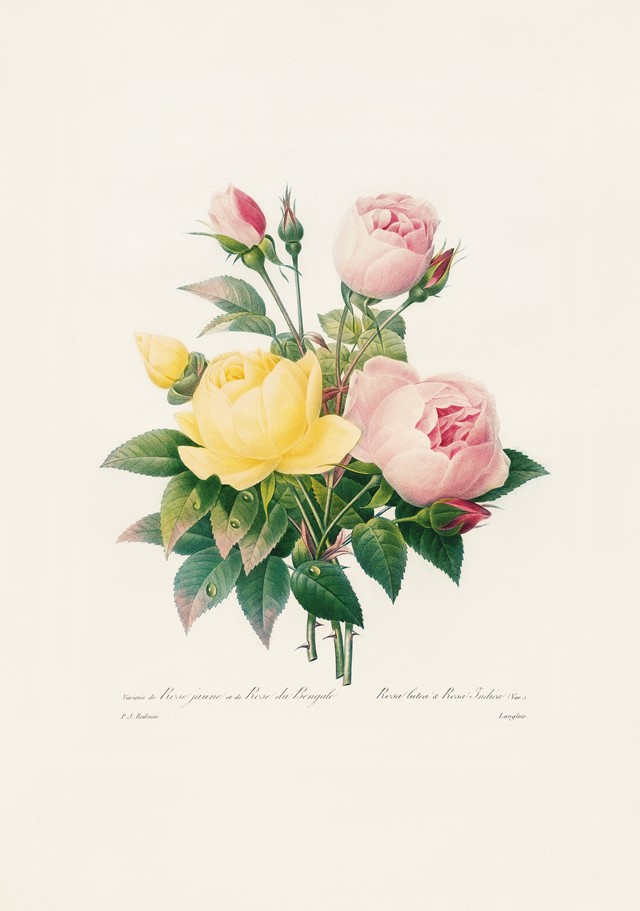
Tea Rose
With the symbolic meaning "I’ll remember always", the tea rose garnered its name because the blossoms evoke the scent of “a newly-opened sample of the choicest tea.” Empress Josephine was a passionate rose lover and collector and employed Redouté to paint 117 of her roses in his landmark watercolor book, Les Roses.
Redouté: Selection of the Most Beautiful Flowers is out now, published by Taschen.
